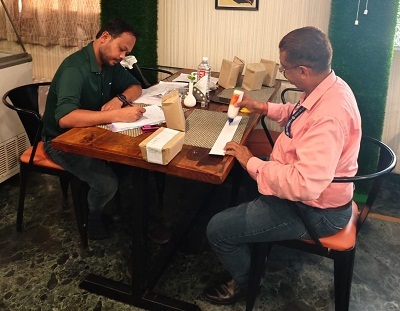Bijapur
Bijapur district is one of the Twenty Seven districts of Chhattisgarh State and Bijapur town is the administrative headquarter of this district. It was earlier part of Dantewada District. The Bijapur district occupies the southernmost part of Chhattisgarh state.










